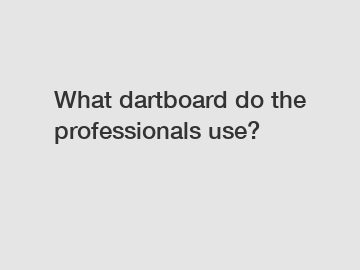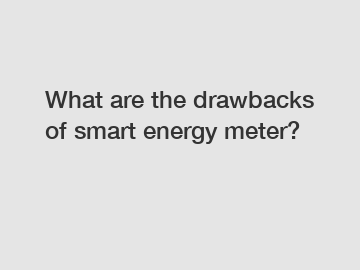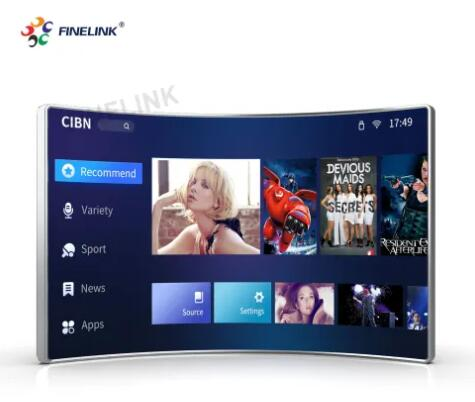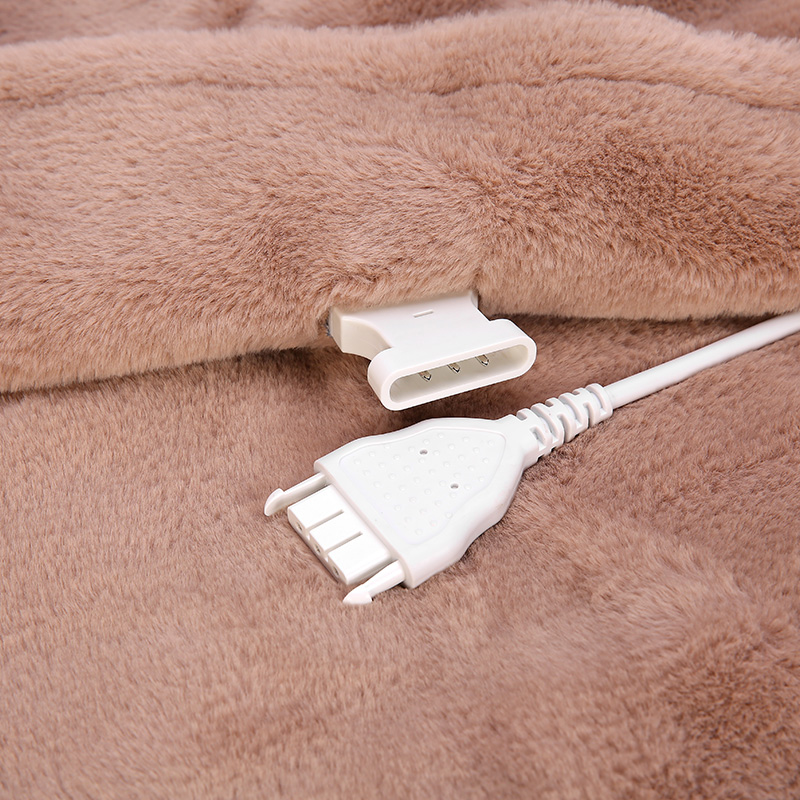How Does Smart Home Technology Work?
In today's fast-paced world, smart home technology has evolved beyond being just a trendy novelty; it's becoming an integral part of modern living. Imagine controlling your home’s lights, thermostat, and even security systems from the palm of your hand or simply with your voice. But how does it all work? Let’s dive into the intricacies that make smart home technology tick and the myriad benefits it brings.
Understanding the Basics of Smart Home Technology
At its core, smart home technology allows devices within your household to connect and communicate with one another via the Internet. This interconnectedness turns a traditional home into a ‘smart home’, where users can control systems and appliances remotely through applications or voice commands.
Key components that facilitate this technology include devices, connectivity, and a central hub. Devices can range from simple light bulbs to sophisticated security cameras. Connectivity is usually established through Wi-Fi, Bluetooth, or Zigbee, which is a communication protocol designed for low-power devices. A central hub, like Amazon Echo or Google Nest, can coordinate the myriad devices, allowing them to work together harmoniously.
The Role of Sensors
Sensors are the beating heart of smart home technology. They provide real-time data and feedback, making it possible to automate responses based on environmental conditions. For instance, motion sensors can detect when someone enters a room and trigger the lighting to turn on automatically. Temperature sensors can help maintain comfortable indoor conditions by adjusting the HVAC system when necessary.
Essentially, these sensors act like the nervous system of your home, collecting valuable inputs and relaying them to your central hub or compatible device. The data collected can be analyzed to refine energy usage, enhance security features, and improve overall efficiency.
Interconnectivity and Automation
The beauty of smart home technology lies in its ability to create seamless interconnectivity among devices. This is often referred to as automation, where various actions are triggered without manual intervention. For instance, you can set up a “goodnight” routine that automatically turns off all lights, locks the doors, and adjusts the thermostat. This can be achieved through simple programming on your smartphone or via a voice command if you're using a smart speaker.
Many smart home ecosystems, such as Apple's HomeKit, Google Home, and Amazon Alexa, enable users to integrate third-party devices into their smart system. This means you can mix and match products from different brands while keeping them working together. The key is ensuring that all devices are compatible with your chosen platform.
Enhanced Security Features
Additional reading:How to Select AC Energy Meter for Breweries?
4 Tips to Select the Perfect 3 Phase Din Rail Meter
4 Tips to Select the Best Energy Management System
Maximizing Energy Efficiency in Water Treatment Plants: How?
Revolutionizing Textile Mills with 3 Phase Power Monitoring
Top 9 Benefits of Display Ads That You Should Know in 2024
How can 3 Phase Power Monitor improve my recycling center's energy efficiency?
Smart home technology has significantly amplified home security. With smart locks, cameras, and alarms, homeowners can monitor their property from anywhere with an internet connection. Smart cameras can send alerts to your smartphone if they detect unusual activity. Moreover, features like video doorbells allow you to see and speak with visitors remotely, adding an extra layer of security.
Many smart security systems offer the capability to create customized alerts and notifications. You can set specific parameters, such as receiving a notification whenever the front door opens or if someone walks through your garden. This granularity allows you to tailor your defenses based on personal needs and preferences.
Energy Efficiency and Sustainability
Energy management is another crucial aspect of smart home technology that cannot be overlooked. Smart thermostats, for instance, learn your preferences over time and adjust heating and cooling accordingly, significantly reducing energy consumption. Similarly, smart plugs can monitor energy usage and even cut power to idle devices, which not only saves energy but can also reduce your monthly utility bills.
Going a step further, renewable energy sources such as solar panels can be integrated into smart systems. This means you could optimize when to use energy from your solar panels, store excess energy, and manage the overall energy flow effectively. This not only promotes sustainability but also enables you to save money in the long run.
The Future of Smart Homes
The future of smart home technology is bright and appears boundless. As Internet of Things (IoT) technology continues to advance, we can expect even more innovative solutions to emerge. From health monitoring systems that can remind you to take your medication to advanced energy management that can dynamically adjust energy sources based on usage patterns, the potential applications are vast.
Furthermore, as artificial intelligence (AI) evolves, smart homes will become even more intuitive, anticipating our needs and adapting to our lifestyles. Imagine a home that knows when you’re coming home and preheats the oven or adjusts the lighting to suit your mood as soon as you walk in the door.
Conclusion
Smart home technology isn't just a technological trend; it's a lifestyle revolution that promises convenience, security, and efficiency. By understanding how these systems function and what they can achieve, you can make informed decisions about integrating smart technologies into your home. Whether you want to enhance your home security, save on energy bills, or simply enjoy a more connected and convenient lifestyle, the world of smart home technology offers something for everyone.
Contact us to discuss your requirements of usb board camera, Ov9712, Camera Module Small. Our experienced sales team can help you identify the options that best suit your needs.
Additional reading:How Wireless IoT Improves Energy Efficiency
The Advantages of Implementing Solar Power Systems in Agricultural Practices
5 Must-Have Features in a 75 inch smart board price
2024 Insights on TCXO TC3225 Performance
10 Questions You Should Know About TCXO TC3225
4 Minutes To Tell You Why LED Display Screens Are ...
The Advantages of Utilizing Quartz Crystal Oscillator Catalogs











